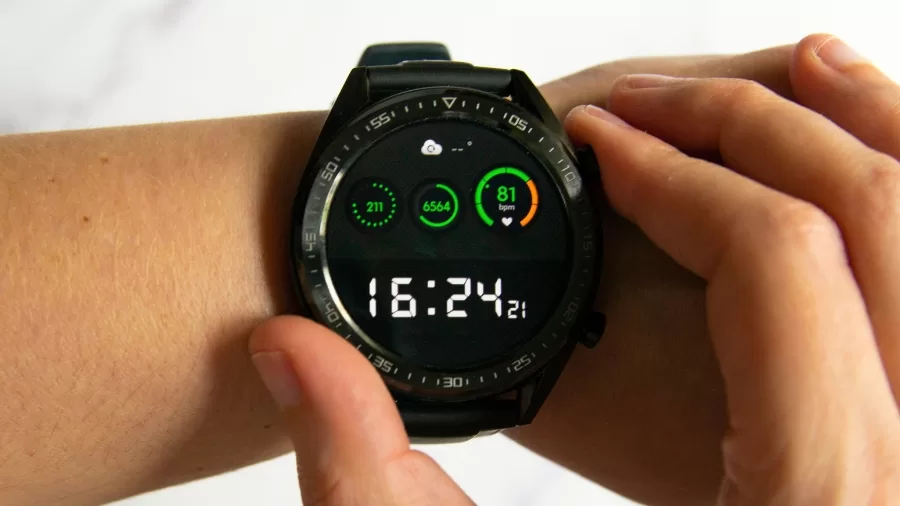Technology
RTOS vs Wear OS: Is Google Finally Ready for a Smarter Smartwatch?

- Google’s Wear OS still struggles: Users report battery drains, lag, and inconsistent performance across devices.
- RTOS could offer a fix: Smartwatches using Real-Time Operating Systems achieve up to two weeks of battery life without compromising essential functions.
The Familiar Frustration With Wear OS
If you have ever owned a Wear OS smartwatch, you probably know the feeling.
The first few days are promising. You set your watch faces, load your favourite apps, and respond to texts from your wrist. But by the end of the week, battery anxiety sets in. Most Wear OS devices offer just 24 to 36 hours of battery life, even under normal usage.
In my own experience reviewing a Pixel Watch 2, the claims of 24-hour battery life felt generous if I enabled features like Always-On Display.
Performance, too, often slows after a few days of active use. Apps take a second longer to load. Notifications feel less immediate. It becomes clear that the hardware is working harder than it should need to.
Across forums and feedback channels, this story repeats itself.
What Is RTOS, and Why Does It Matter Now?
The acronym RTOS stands for Real-Time Operating System. It is not a novel notion; it has long been employed in automotive, aviation, and medical applications.
In smartwatches, RTOS focuses on doing essential tasks immediately and predictably without the overhead of managing dozens of background apps.
Where Wear OS juggles complexity, RTOS cuts through it.
What was the result? Watches driven by RTOS, such as the Amazfit GTR 4, can last 10-14 days on a single charge.
For users, that means real independence from daily charging routines.
How Wear OS Got Here
Google always positioned Wear OS as a smartphone extension. Full app stores, voice commands, maps, and payments — all shrunk into a wristwatch.
But packing all that into a device smaller than a biscuit, with limited battery space, comes at a cost.
Wear OS struggles with:
- Battery drain, sometimes needing a full recharge every day
- Slower responsiveness on non-premium processors
- Higher hardware requirements, pushing up smartwatch prices
Even after multiple software refinements and newer Qualcomm Snapdragon W5+ Gen 1 chips, battery life has improved only marginally.
Where RTOS Watches Are Winning
RTOS-based smartwatches do fewer things, but they do them better.
Look at brands like Amazfit and Mobvoi. Their watches skip elaborate app ecosystems, focusing instead on:
- Step tracking
- Heart rate and sleep monitoring
- Notifications
- Alarm functions
Battery life often stretches beyond two weeks — something no current Wear OS watch achieves under full functionality.
In daily life, it means wearing your watch all week without worrying about plugging it in.
A New Strategy: Hybrid Models
Rather than choosing between full Wear OS or pure RTOS, some manufacturers are blending both.
The OnePlus Watch 2 is a case study. It uses a dual-processor system:
- A Snapdragon chip runs Wear OS apps when needed
- A BES2700 chip running RTOS handles background tasks when idle.
The results are compelling. Users report up to 100 hours of battery life in Smart Mode — a fourfold improvement over standard Wear OS watches.
This layered model may offer the best of both worlds: rich functionality when you want it, battery preservation when you don’t.
What This Means for Google’s Wear OS
For Google, the path forward seems clear.
Adopting an RTOS-supported hybrid approach would solve:
- Battery complaints: Watches lasting three days or more would become normal
- Performance issues: Faster, more fluid interaction without taxing hardware
- Hardware flexibility: Mid-range watches could deliver good experiences, not just premium-priced ones
Such a shift would also help Google compete more directly with Apple Watch, which continues to dominate with around 52% of the global smartwatch market as of early 2025.
Wear OS currently holds about 17% of global market share — a respectable figure but one with significant room for growth.
Why You Should Look Forward to This
If you have hesitated to buy a smartwatch because of poor battery life, you are not alone.
Imagine:
- Wearing your watch for days without a charger
- Sleeping with it on, tracking health and alarms without fear that it will die.
- Having quick access to essential notifications without constant lag
Better battery life doesn’t just add convenience. It changes how wearable technology fits into your life — quietly, reliably, and without constant maintenance.
Hybrid RTOS-Wear OS watches could make smartwatches more appealing to a broader range of users, not just tech enthusiasts.
Challenges Ahead
Building a hybrid system isn’t simple.
Developers will need to design apps that gracefully suspend or shift tasks depending on which processor is active.
Manufacturers must ensure the transition between RTOS and Wear OS feels invisible to the user.
And Google will have to update its Wear OS platform to support new architecture — something that demands time and commitment.
Still, the incentive is huge: a more usable, practical smartwatch for millions worldwide.
Where Things Stand Now
Across the smartwatch landscape, momentum is shifting.
Users and reviewers are beginning to value battery life and reliability as much as app ecosystems and fancy animations. Real improvements to smartwatches — led by RTOS integration — might finally deliver what Wear OS promised from the start: technology that adapts to your life, not the other way around.


















































